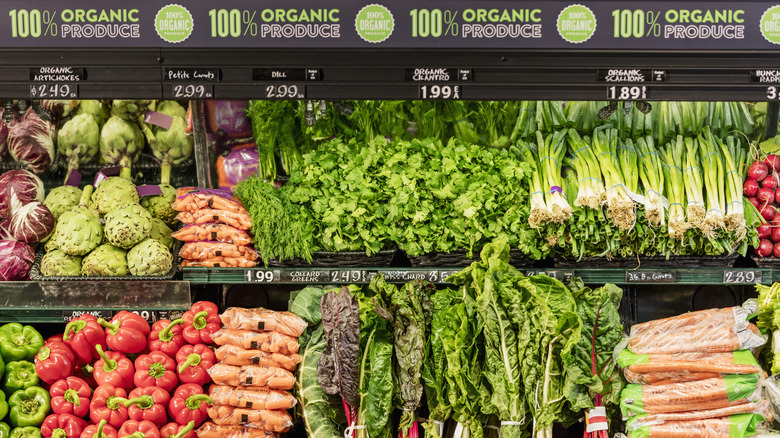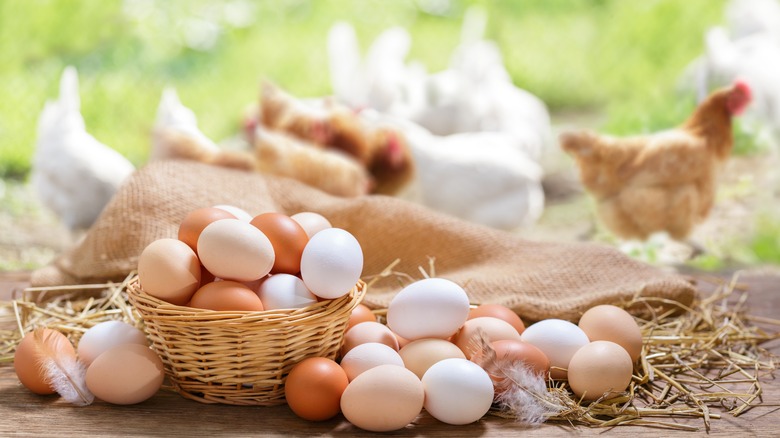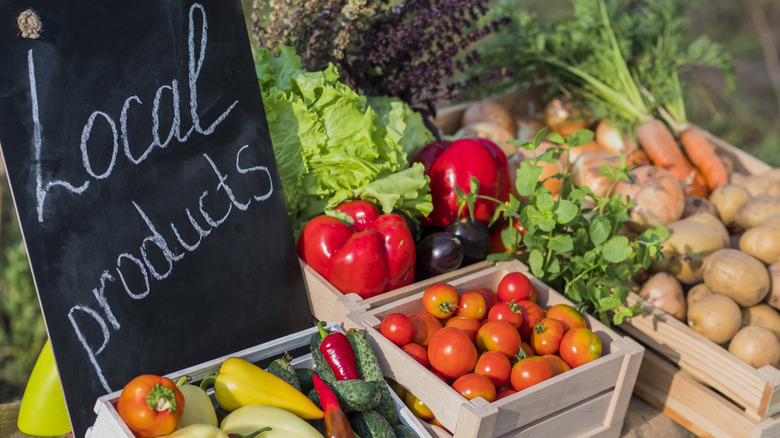Some Foods Aren't Worth Buying Organic. Here's Why
People buy organic foods because they genuinely believe they're healthier, sustainable, and more natural than conventional products — and they're willing to pay a premium for those benefits. But, given changes in farming practices, the low levels of pesticide residues left after produce is washed, the growing adoption of humane farming practices, and the uncertain benefits to human health, some produce may not be worth the cost of buying organic.
People spend most of their money on organic food in the produce section. To understand which fruits and vegetables are worth buying organic, they often turn to the Dirty Dozen list of food you should always buy organic. These fruits and vegetables, the Environmental Working Group (EWG) says, are grown with the highest level of pesticides. The list, however, has often been disputed. A study investigating the EWG's conclusions found that the pesticide exposure from the "dirty dozen" posed negligible risks to consumers, and that the EWG's research methods weren't scientifically credible.
Use the Clean 15 and read labels to guide you
If you're still committed to buying "the Dirty Dozen" in the organic section, you can still buy non-organic fruits and vegetables on the EWG's Clean 15 list, which have low levels of pesticide residue. Many of the items on the list have a removable peel — mangoes, honeydew, watermelon — but whatever is on the surface (pesticides, bacteria, etc.) can enter the edible parts when you cut into them. So whether you're eating leafy greens or produce with peels and skins, the best way to reduce pesticides is to thoroughly wash produce under cold, running water.
In the meat, dairy, and egg cases, the organic label focuses on the humane treatment of farm animals and bans antibiotics and added hormones. There are, however, improvements in those areas among non-organic suppliers as well. The Humane Society of America says that more than 40% of egg-laying hens are cage-free, compared to 3% 15 years ago.
There are other labels for meat, eggs, and dairy indicating humane practices and safer consumption, that come with less of a price tag than organic. These include "cage-free" (animals are outside cages but kept indoors), and "free range" (animals have access to the outdoors). There's also "raised without antibiotics" (no antibiotics administered and sick animals are moved to conventional growing conditions), and "no hormones administered" (exactly what it sounds like while acknowledging animals do produce their own hormones). Note that the USDA does not permit the use of hormones in raising chickens.
Other things to consider before buying organic
To get the benefits of organically-produced food without necessarily incurring the added costs that come with that label is to buy local. Small farmers often use organic farming practices or limit the use of pesticides but find organic certification too costly and time-consuming. Plus, you'll still be helping the environment by reducing pollution from transportation, reducing the use of plastics, purchasing more nutrient-rich foods, and supporting local producers. Ask the vendors at your local farmers market about their farming practices to learn more.
You can also remove pesticide residues, as well as dirt and bacteria, by washing fruits and vegetables carefully and properly. Start by washing your hands with soap and water. For produce, use plain, cold running water — you don't need soap, vinegar, or specialized solutions. For removable peels and skins, wash thoroughly with a produce brush, then remove the skin, peel, or rind before eating. Remove the outer leaves of vegetables like lettuce, cabbage, and Brussels sprouts before washing. If pesticide residues are your biggest concern, you can do a brief soak in water and baking soda but studies show this may increase the spread of bacteria.
If you're concerned about eating clean, the health of the planet, and the welfare of animals, buying organic is certainly helpful. But you can also avoid spending money unnecessarily by paying attention to labels and growing practices when shopping — and then by cleaning, preparing, and cooking food properly at home.


